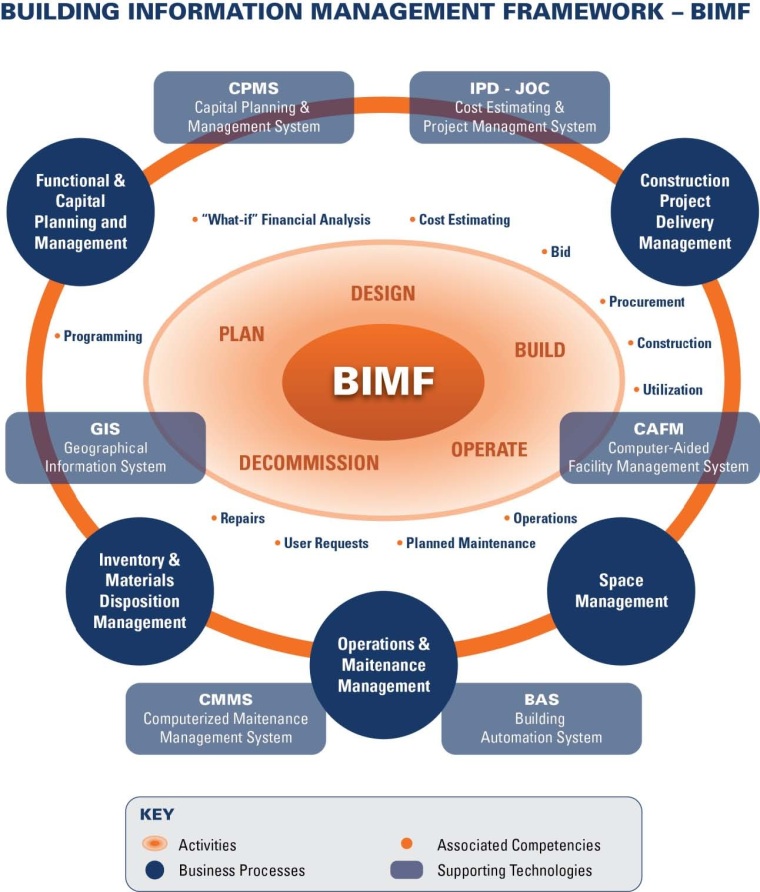July 16th, 2012 – NIBS Report – National Institute of Building Sciences Consultative Council
Per the NIBS Consultative Council there are four areas where our industry needs to focus highlights four in order to improve buildings and infrastructure.
- Defining High-Performance and Common Metrics
- Codes and Standards Adoption and Enforcement
- Energy and Water Efficiency; and
- Sustainability.
The Consultative Council provides findings and recommendations to the President and Congress on issues impacting the built environment. A summary of the report, “Moving Forward: Findings and Recommendations from the Consultative Council,” is in the Institute’s 2011 Annual Report to the President of the United States.
- The building community should work to define metrics for achieving high-performance buildings—including both qualitative and quantitative measures.
- The National Institute of Standards and Technology, the U.S. Department of Energy, the Institute and others should encourage cities and smaller communities to adopt and enforce updated model codes.
- Regulators and the building industry should support efforts by codes and standards developers and adopting jurisdictions to format criteria in ways that simplifies and enhances the ability to verify compliance.
- Software developers, regulators and building professionals should support the development of building information modeling (BIM ) for use as an automated code-checking tool that can improve compliance and streamline the approval process.
- The U.S. Government should develop incentives for state and local governments to require water metering of all buildings and to adopt and enforce comprehensive “green” building or plumbing codes.
- The U.S. Government should provide a tax incentive for building owners who voluntarily get their buildings audited and that implement the recommendations to reduce energy and water use.
- Policy makers and members of the building community are encouraged to use a common definition for sustainability.
- The building community needs mechanisms (e.g., budgets, insurance and tax incentives) to help finance sustainable life-cycle performance for buildings and related infrastructure.
There is virtually nothing “new” in any of the above, nor any plan to gain traction in any particular area, let alone all. Until our industry and our Nation realizes the importance of efficiently managing the life-cycle of the built environment and defines processes and deploys digital tools to support requisite changes, BIM doesn’t have a chance.
via http://www.4Clicks.com – Premier software for cost estimating and efficient project delivery – Job Order Contracting – JOC, SABER, IDIQ, MATOC, SATOC, MACC, POCA, BOA, etc. Exclusive 400,000+ line item enhancement of RSMeans Cost Data, visual estimating including QTO and Pattern Search, Document/Project/Program Management.
Consultative Council members that contributed to the 2011 report include: ASTM International; American Institute of Architects; American Society of Civil Engineers; ASHRAE; Associated General Contractors of America; Building Owners and Managers Association, International; Construction Specifications Institute; ESCO Group; Extruded Polystyrene Foam Association; Glass Association of North America; Green Mechanical Council; HOK; Illuminating Engineering Society; International Association of Lighting Designers; International Association of Plumbing and Mechanical Officials; International Code Council; Laborers’ International Union of North America; National Insulation Association; NORC at the University of Chicago, and United Association of Journeymen and Apprentices of the Plumbing and Pipefitting Industry.


